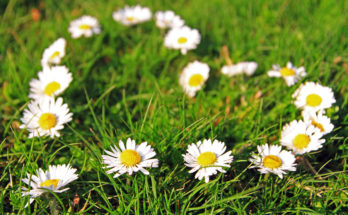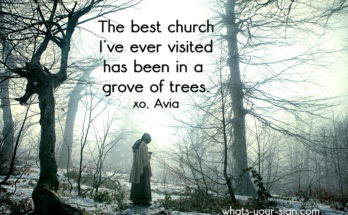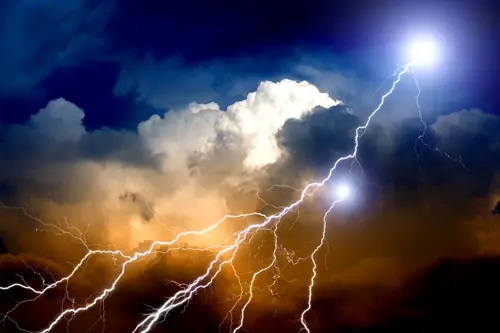
This page on the symbolic meaning of the Celtic torc was inspired by a gift.
The torc is one of the most characteristic and showcased of Celtic adornments for the body.
Indeed, Cassius wrote how Boudicca went into battle wearing nothing but a “great necklace of twisted gold” (which was a torc worn snuggly around the neck).
Worn with or without clothes, the symbolism of the torc is weighted with power.
There are schools of thought that indicates torcs were symbols of:
- nobility,
- strength,
- status, and
- hierachy within the clans.
I’ve wondered if the balled ends of the torcs press against certain meridian points (around the neck where they are worn, as well as around ankles and wrists) that cause heightened awareness and arousal.
I rather like the “C-shape” connotation…the torc is symbolic of a stylized C-moon – a crescent moon. In this case, we are dealing with a lunar principals dealing with:
- intuition,
- metamorphosis,
- emotion,
- creation,
- transformation…all of these which would play back into the symbolic theme of the triquetra (and its implied phases).
If entertaining the crescent moon symbolism, we may recognize feminine energy. Further, we may also research the Celtic triple goddess concept in which the great feminine houses three aspects of the Divine: Maiden, Mother and Crone.
Each aspect of the divine feminine containing profound symbolism and wisdom to her own devices – shown together with the symbolic triquetra – her forces are unanimously intense (although, there are infinite number of power-triads upon which to draw).
Maybe this bit on the symbolic meaning of the Celtic torc may inspire you to design one for yourself. Or, purchase one from your local metalsmith for your beloved.
Other links of interest:




Hi cool post. I have a neck torc. Only wear it for special occassions, ritual work, and festivals, etc. That would be cool if the torc could stimilate who ever is wearing it. Mine is really loose around my neck. You mention a snug fit. So, I have not experienced arousal with my torc, but that might be due to a loose fit. Interesting point tho. Thanks for all your posts here and your WYS site. Learning lots.
Have a COOL YULE!!!!!!!!!!!
This post offers intriguing insight into Celtic history. Anyone interested in these rings may also like the story of the brass rings worn by Thailand’s Padaung women, also called “long necks.” I have visited this part of the world. I learned their necks are not stretched as a result. X-rays show their body is compressed. It all relates back to a story;
Long, ago, a trib al chief had a dream. He was told a tiger would kill one of the much-loved children in the village – a child that had been born on a Wednesday. As his own child had been born on a Wednesday and as tigers kill their victims by first breaking their necks, he decreed all children born on a Wednesday should wear heavy brass rings round their necks.
As the tiger didn’t kill a child, it was presumed that the wearing of the brass rings worked. Over the years, this custom became popular and is now institutionalised as part of tribal life. It is also considered lucky. Women even try to arrange a mid-week birth so that if the baby is a girl, she will be a fortunate ‘Wednesday’s child.’
Rings are placed around the neck of the Wednesday girl-child from the age of five, continuing until she is twenty. By this time the woman will be wearing about twenty-three rings weighing up to fifteen pounds in total. These rings can never be removed. If they did, the head would collapse.
Imagine what your life would be like if you wore lots of brass rings like these women. Your sedentary lifestyle and erect posture would relate to heavy brass rings around your neck, legs and arms. Human beings create their own style and convince themselves what is necessary.
Hi Liara,
Fascinating! Thanks for providing another dimension of depth by relating this story. I particulary embrace your invitation to imagine ourselves as Wednesday children in long, stacked glimmering neck-rings.
And, I keenly appreciate your last sentence: “Human beings create their own style and convince themselves what is necessary.” Right on.
This post came at a good time for me. I’ve been reading Bernard Cornwell’s Last Kingdom and Winter King set in the 540s AD and 860s AD respectively. They mention the wearing of torcs (although he spells it torque) quite often. In those books it was seen as a big distinction between the pagans and the Christians.
Hi Mark, I’m curious..in your readings have you come across a reference to the torc/torque utilized for anything other than adornment & status? I’m curious about my pressure-point theory…if they (torcs) were used to heighten the human experience in much the same way our Native forebears ritualistically pressed the body with a goal for expanded consciousness.
I have a neck torc with a snug fit.I,myself have not developed any heightening of the human experience although the idea is possible.I have come across references to the torcs being worn in battle to deflect sword blows away from the neck.Wearing mine,I feel a connection to my celtic roots and I wear it often.I suppose this could be taken as a spiritual quickening.
Excellent. Fascinating. Thanks, Rex, for sharing your experience on this subject. Much appreciated.
Namaste,
A.
Oh yes, the torc balls/nodes do sit on certain points for a reason
about the celtic, they didnt really share this idea of the moon simbolism, that is more modern , and cabe withh the new age religions, deeply possesed by te feminsm movement. those simbolism are noth the old ones, who no one really know, but the fact they mean you were a free born.
While the various links to new age thinking may be interesting, the torque has a quite specific meaning/ link/ symbolism. The original meaning of tge word “Torc” survives in Irish and Scottish Gaelic; it is the word for a boar, a symbol of fierceness, strength and power to the Celts of Europe. The boar’s penis is corkscrew shaped and the Torc is simply a representation of the reproductive organs of the boar, worn around the necks of warriors, showing status, power and bravery, etc ( see the statue of the Dying Gaul and others).